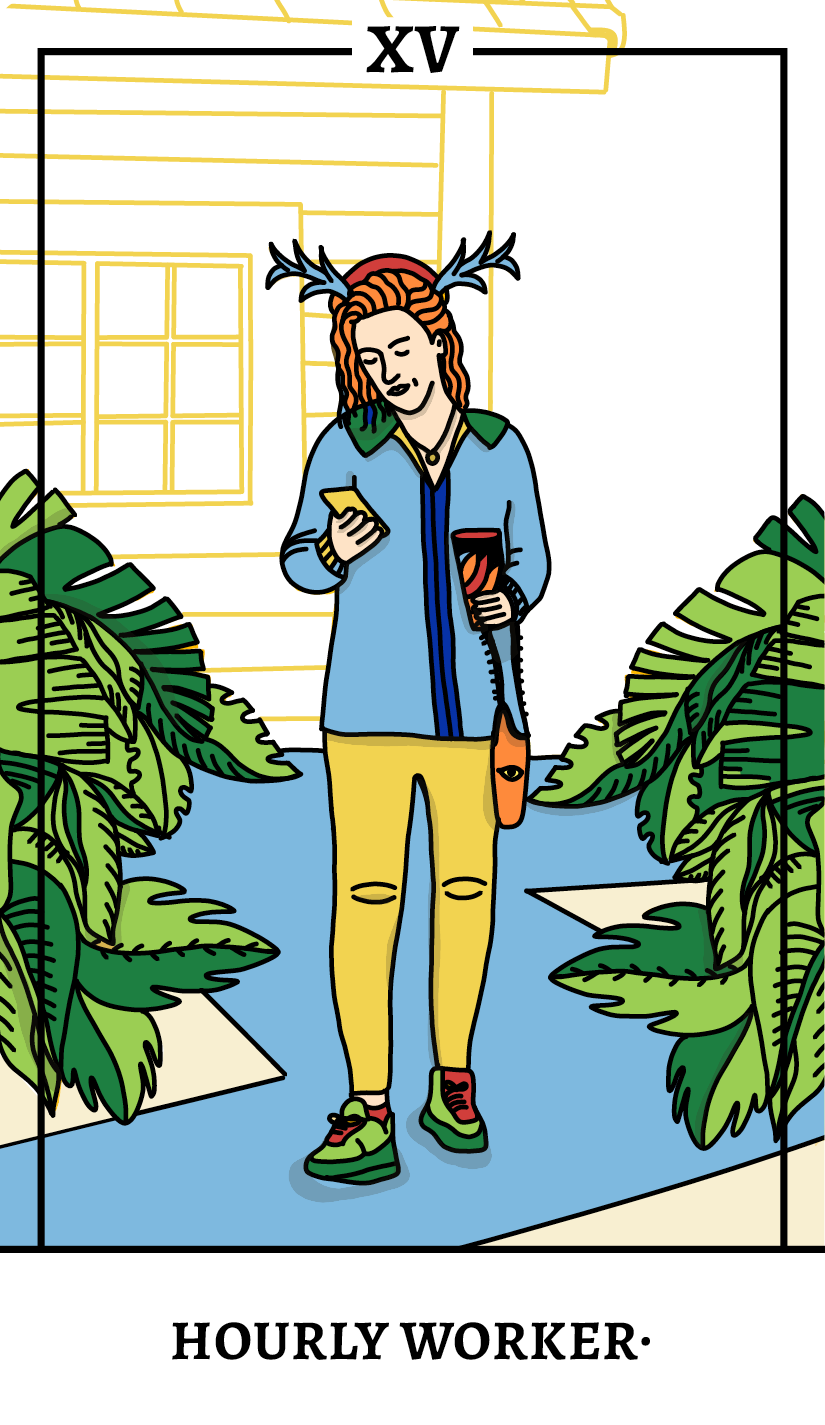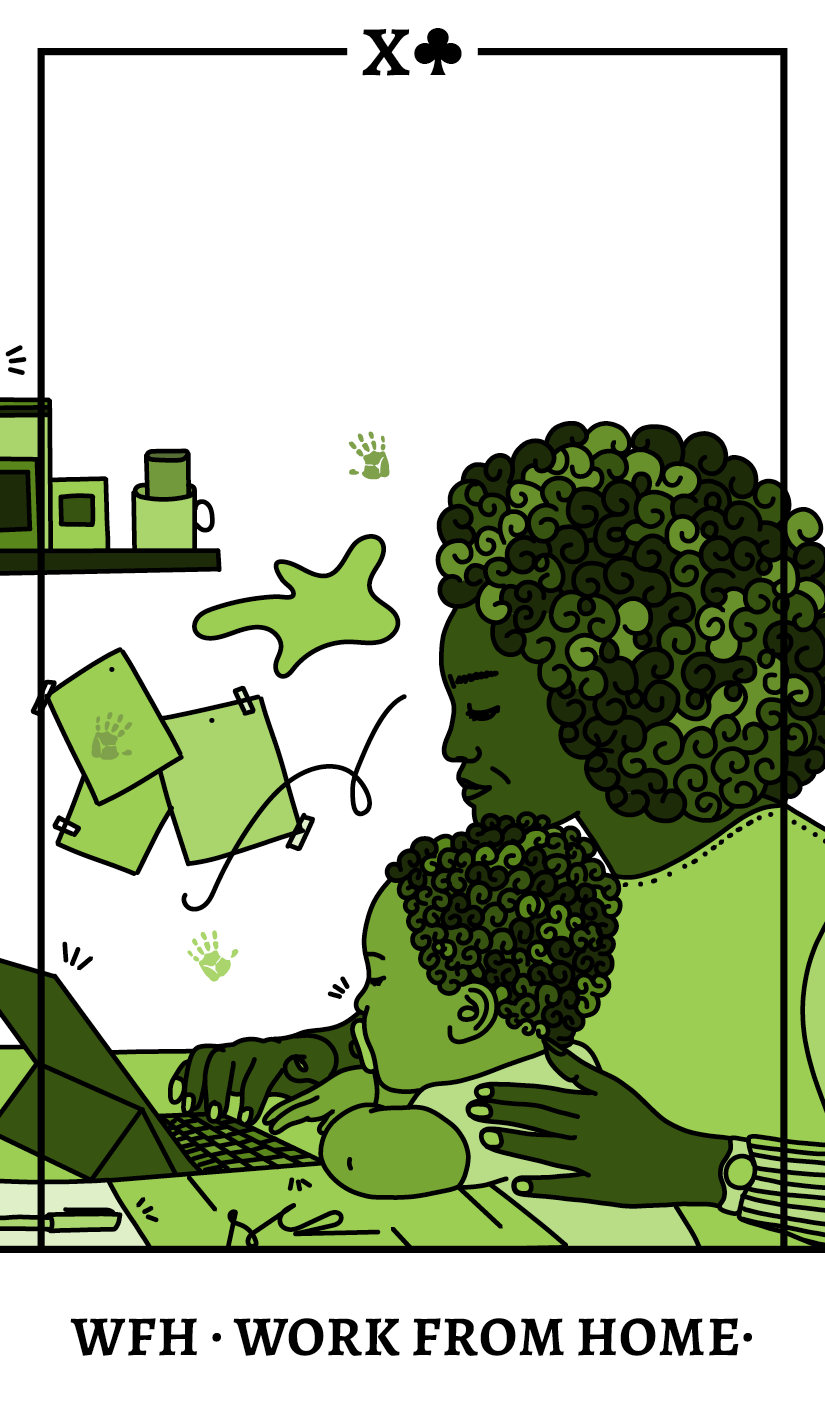
THE GIG COURIER
Energy, Wandering, Improvisation
"We generate a lot of revenue for the [thriving] platform companies but we don't even have proper PPE to deliver these services with the company's logo on our backs". Duda, app delivery courier, member of the activist group @entregadoresantifascistas in Brazil.
Gig workers are “essential” low-income service workers in the on-demand economy, working as independent service providers rather than employees. The apps often don’t favor the giger's autonomy, e.g. no transparency about destination, ambiguous tip systems, no minimal fare.


















































